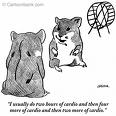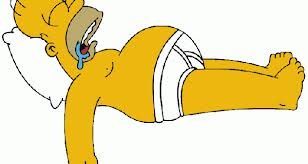
This past week the east coast was hit by one of the worst storms in over a century, Hurricane Sandy. New York City, the city that never sleeps, suddenly came to a standstill. While the region began its recovery Tuesday morning, many of us were unable to work this week. This lull in work gave me an opportunity to recover from a full work and training schedule, catch up on some sleep, and brainstorm on some blogging, which I have not kept up with in months.
Many of you know Im a big fan of Dr. John Berardi, and Precision Nutrition. This week as I was catching up on sleep, going from an average of 7 hours per week to 8, John posed several questions and research articles on sleep and how it affects the way we metabolize food, and its consequences on body composition and performance.
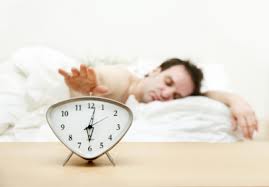
Many of us are very good at maintaining a consistent training schedule, yet sleep and sleep quality, our tools for recovering from a workout, and metabolizing food, take a back seat. According to Precision Nutrition's "All about Sleep," the average adults gets 7 hours of sleep per night. 33% of adults get 6.5 hours or less. A century ago, adults averaged 9 hours a night. This is attributed to many of the modern day distractions we have, and what sleep researchers are calling voluntary sleep curtailment.
Consequently, research is finding a correlation between sleep, insulin resistance, and subsequent obesity. While I do not work with a largely obese clientele, I do work with many people who have body composition goals. The challenge is motivating my athletes to place a greater focus on the recovery process of fitness, and less so on the stimulus. At the end of the body composition continuum, managing several smaller areas of your recovery can add up to big results. Inadequate sleep, and diets high in refined carbohydrates and artificial sweeteners, chronically elevate insulin levels. This begins to dull the bodies sensitivity to insulin, inhibiting not only the transport of sugars into muscle for growth, but the ability to burn fat as well. Excess blood sugar is then stored as body fat, while the rest continues to circulate throughout the body, wreaking havoc on other systems.
In addition to insulin shutting down our fat burning capacity, many anabolic hormones are inhibited, compounding an already retarded muscle building process. Studies in young healthy men have shown that in just 2 days of 4 hours of sleep per night, our hormone balance is disrupted. After just 2 days of low rest, the participants had the insulin sensitivity of a pre diabetic 70 year old man! Failure to get several full cycles of sleep each night resulted in lowered growth hormone secretion which not only inhibits muscles development but can also tapers exercise performance, though the exerciser may feel like their working hard.
Decreased Human Growth Hormone (HGH) = decreased muscle building and recovery
Decreased Thyroid Stimulating Hormone (TSH) = decreased metabolism
Increased Cortisol = decreased insulin sensitivity, increased stress levels
We know that consistent strength training boosts both insulin sensitivity, and anabolic hormone activity. Perhaps you have been following a consistent strength program, but are negating it with poor macronutrient choices and timing, and poor sleep. If your routine has not been yielding the results you see others getting, maybe its times to improve on some these other areas of heath and fitness.
For more info on ways to improve your fat burning capacity with both sleep, nutrition and training see these link below.
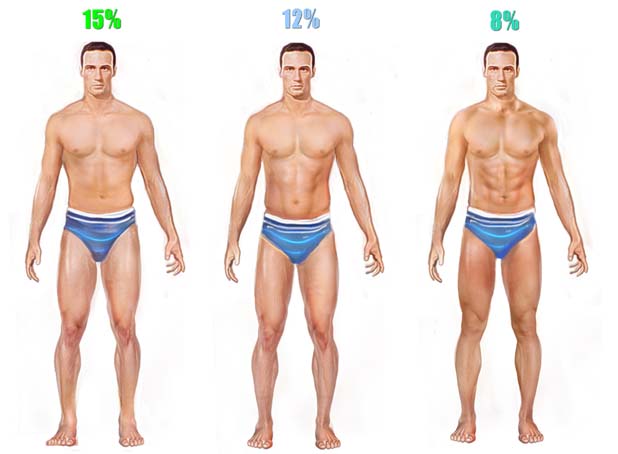
http://www.precisionnutrition.com/all-about-sleep
http://www.precisionnutrition.com/sleep-and-insulin-resistance
http://www.t-nation.com/readArticle.do?id=1526539 Alywn Cosgrove's Hierarchy of Fat Loss






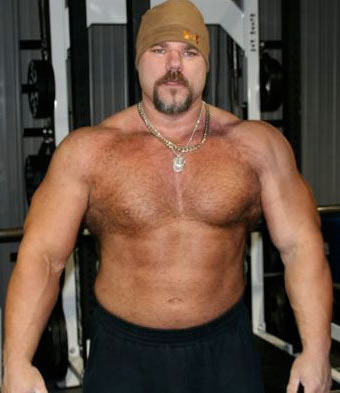 "House" >= 20% - No visible muscle definition, and only a hint of separation between major muscle groups, if those groups are very large. Basically a person in this state could be confused for a football lineman. If you're higher than this bodyfat percentage, you'd be considered overweight/obese.
"House" >= 20% - No visible muscle definition, and only a hint of separation between major muscle groups, if those groups are very large. Basically a person in this state could be confused for a football lineman. If you're higher than this bodyfat percentage, you'd be considered overweight/obese. "Hard" >= 15% - Some muscle separation appears between delts and upper arm. Abs are still not visible
"Hard" >= 15% - Some muscle separation appears between delts and upper arm. Abs are still not visible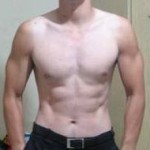 "Cut" - >= 12% - More muscle separation appears particularly in the chest and back, outline of the abs begins to appear slightly.
"Cut" - >= 12% - More muscle separation appears particularly in the chest and back, outline of the abs begins to appear slightly.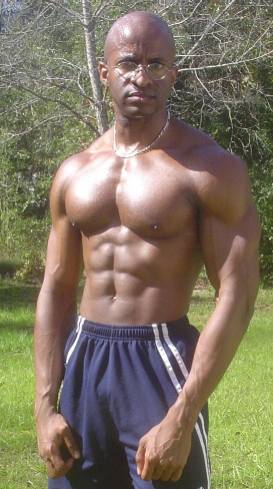 "Defined"
"Defined" 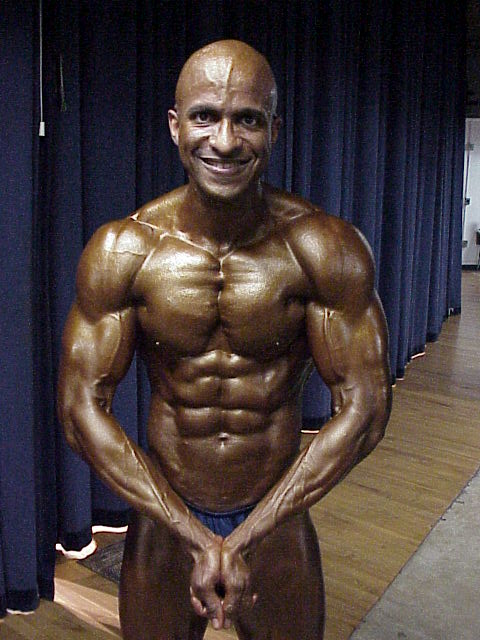
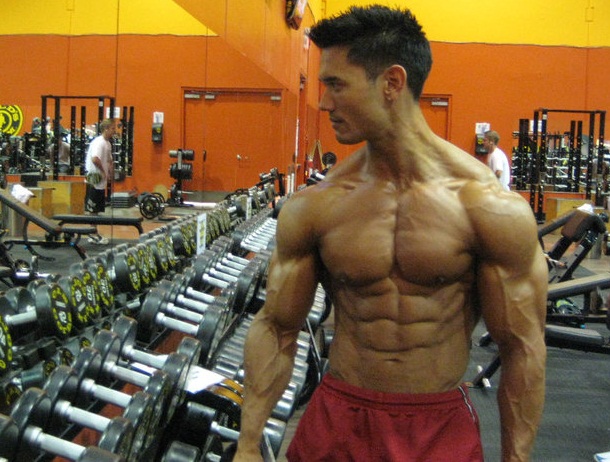 "Shredded"
"Shredded"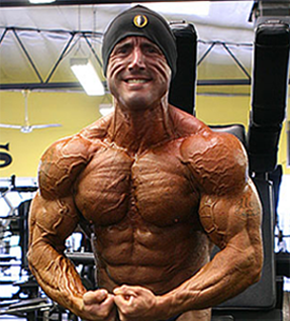 "Sliced"
"Sliced"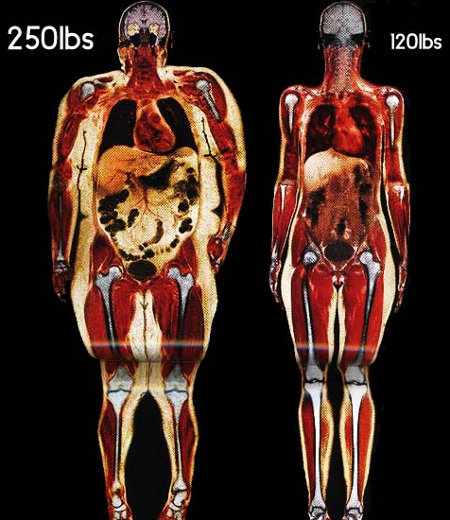 All too often, clients obsess over body weight, weighing themselves daily on overpriced, deceptively marketed, home scales. While weight loss may be a good measure of assessment for obese individuals, goals change as one reaches a healthy weight. Body composition, a comparison of ones lean to fat mass, is a better reflection of health. While an obese individual's goal is to lose as much mass as possible, this loss of mass is also at the expense of lean tissues, such as muscle and bone. Once a desired weight, or
All too often, clients obsess over body weight, weighing themselves daily on overpriced, deceptively marketed, home scales. While weight loss may be a good measure of assessment for obese individuals, goals change as one reaches a healthy weight. Body composition, a comparison of ones lean to fat mass, is a better reflection of health. While an obese individual's goal is to lose as much mass as possible, this loss of mass is also at the expense of lean tissues, such as muscle and bone. Once a desired weight, or 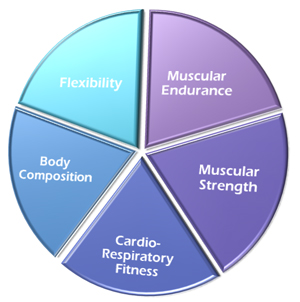
 - What percentage of fat mass is your body relative to your lean mass? Click on this link for a simple tool to gage how health your current body comp is. Human beings are fatter than ever before in the history of man. It is estimated that over 60% of Americans are overweight and or obese. Science has pinpointed a slew of chronic to lethal health problems associated with being overweight. Overweight being defined as having a Body Mass Index (BMI) of over 24. Click
- What percentage of fat mass is your body relative to your lean mass? Click on this link for a simple tool to gage how health your current body comp is. Human beings are fatter than ever before in the history of man. It is estimated that over 60% of Americans are overweight and or obese. Science has pinpointed a slew of chronic to lethal health problems associated with being overweight. Overweight being defined as having a Body Mass Index (BMI) of over 24. Click  - The ability to produce force. More importantly work = force x distance. If you cannot apply a given force, you may not even be able to move in extreme circumstances. In order to apply force and move, you need muscle mass. Your body develops that mass through resistance activities. Very important concepts to grasp as you age, your muscle mass decreases, which may one day limit your ability to get out of a chair! And back to body composition, the more lean mass you have (muscle), the less fat mass you should have in theory. So why not kill two birds with one stone, but developing your strength and body composition at once with some resistance activities you enjoy.
- The ability to produce force. More importantly work = force x distance. If you cannot apply a given force, you may not even be able to move in extreme circumstances. In order to apply force and move, you need muscle mass. Your body develops that mass through resistance activities. Very important concepts to grasp as you age, your muscle mass decreases, which may one day limit your ability to get out of a chair! And back to body composition, the more lean mass you have (muscle), the less fat mass you should have in theory. So why not kill two birds with one stone, but developing your strength and body composition at once with some resistance activities you enjoy. - Your body's ability to apply force repeatedly for a prolonged amount of time. Forget about getting out of your chair, can you do that repeatedly throughout the day, climb a flight of stairs, or walk for an extended period of time? Muscular endurance is very important for activities you would like to do beyond brief bursts of energy. If you want to stay active, maintain your muscular endurance.
- Your body's ability to apply force repeatedly for a prolonged amount of time. Forget about getting out of your chair, can you do that repeatedly throughout the day, climb a flight of stairs, or walk for an extended period of time? Muscular endurance is very important for activities you would like to do beyond brief bursts of energy. If you want to stay active, maintain your muscular endurance. - Your heart and lung's ability to delivery oxygen and nutrient rich blood to your working muscles for muscular strength and endurance (anaerobic (without oxygen) activity) and cardio (aerobic (with oxygen) activity). If the heart and lungs are working optimally, forget about everything above. But dont spend too much time doing cardio. The American Heart Association recommends 30 cumulative minutes or more per day of aerobic activity to sustain sufficient heart and lung capacities. 60 min or more per day to manage weight! That 60 min would be better spent with 3-4 days of resistance training to develop your lean mass, shed fat mass, and boost your resting metabolism with metabolically active muscle!
- Your heart and lung's ability to delivery oxygen and nutrient rich blood to your working muscles for muscular strength and endurance (anaerobic (without oxygen) activity) and cardio (aerobic (with oxygen) activity). If the heart and lungs are working optimally, forget about everything above. But dont spend too much time doing cardio. The American Heart Association recommends 30 cumulative minutes or more per day of aerobic activity to sustain sufficient heart and lung capacities. 60 min or more per day to manage weight! That 60 min would be better spent with 3-4 days of resistance training to develop your lean mass, shed fat mass, and boost your resting metabolism with metabolically active muscle! - last but certainly not least, and arguably of greater hierarchy than my list here. Really, the ability to move at all. The elasticity of your soft tissue, ie, muscles, tendons, and ligaments. A tight muscle muscle is second only to a weak muscle. A tight muscle is unable to apply a force across its entire surface area, through a full range of motion(ROM). While there are perils to being hyper-flexible, on the scheme of things, most people never get close to that. Though your joints require some degree of stability, many of us have less than optimal ROM around these joints. More often than not chronic pain or injury can be relieved through regular flexibility and muscular development training.
- last but certainly not least, and arguably of greater hierarchy than my list here. Really, the ability to move at all. The elasticity of your soft tissue, ie, muscles, tendons, and ligaments. A tight muscle muscle is second only to a weak muscle. A tight muscle is unable to apply a force across its entire surface area, through a full range of motion(ROM). While there are perils to being hyper-flexible, on the scheme of things, most people never get close to that. Though your joints require some degree of stability, many of us have less than optimal ROM around these joints. More often than not chronic pain or injury can be relieved through regular flexibility and muscular development training.